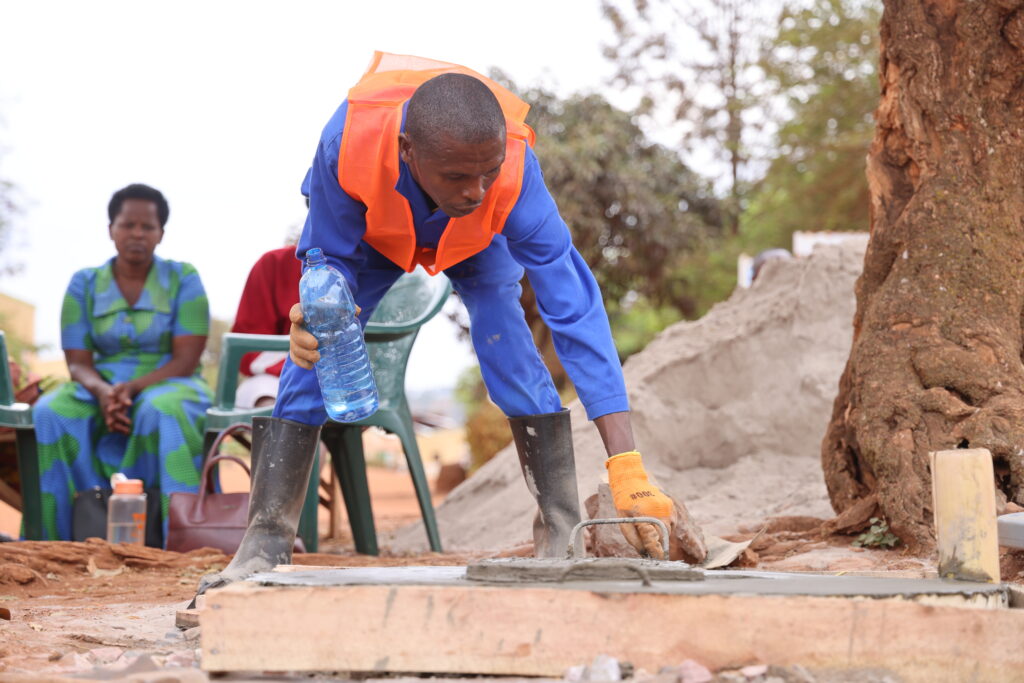
How terribly frustrating it must be to understand the importance of good sanitation in our homes for the health and safety of our family members, and yet not be able to afford the needed changes.
Sylvie Niyingenera is a mother from Kirehe District, Musaza Sector, who says she cannot afford a concrete slab in the current market though she is aware of the danger of owning an unimproved latrine.
"I imagine a child, crawling to the toilet with an unimproved and damaged slab, and falling into the pit latrine. Death is a real threat," she says.
Members of her community also tell a story of a man who recently fell into a latrine pit half full of excrement. The toilet he fell into had an unimproved wooden slab that had started to deteriorate and gave away while he was using it.
Luckily, the man survived, but the community was shaken. Some community members where the Isoko y’Ubuzima project operates face this real fear as they are challenged to own improved latrines. They generally know the risks and dangers of an unsafe latrine but feel they cannot afford the price of an improved slab, which is estimated by local masons to be around RWF 120,000 (about $100).
The only solution is to create a concrete slab at a reduced price affordable to most of the population. Isoko y’Ubuzima project introduced a human-centered design approach that aims to work with members of the community to design affordable sanitation products responding to their needs. Improved slabs are a key product required to improve latrines and help communities such as Sylvie’s.
The approach looks to reduce the cost of the slab. Members of the community are brought together to brainstorm and share their stories, challenges, and experiences around the dangers of unimproved slabs, and the current cost of changing the situation as estimated by local masons. Local masons commonly provide the reasons why the current high price of improved slabs reflects the high market prices, which they know are unattainable for many families.
However, the human-centered design approach proved to be a game changer in four districts of the Isoko y’Ubuzima project area where it was piloted. For instance, in Sylvie’s community, a local mason had estimated the cost of an improved slab at RWF 120,000 (about $100). After a community brainstorming session, and after agreeing on the prototype, Sylvie and members of her community were pleasantly surprised that, helped by the Isoko y’Ubuzima team, they were able to produce the slab at only RWF 45,000 (about $35) – a 62.5% decrease!
The choice of the materials and quantities to be used proved to be a deciding factor for the price reduction of crafting concretes in the four districts where the human-centered design approach has been introduced.
The designed slab becomes, as it is in Sylvie’s community, a new product that Isoko y’Ubuzima community mobilizers promote and sell in their neighborhoods to improve household latrines.

